Roads and Transport Cabinet Secretary Davis Chirchir has explained why Kenya’s new-generation smart driving licenses do not display the date when the holder first obtained the license.
While appearing before the National Assembly on Wednesday, July 23, Chirchir said the design of the smart license aligns with regional transport harmonization protocols and was not intended to exclude key information.
“The new-generation smart driving license, which was introduced as part of Kenya’s broader commitment to modernize its road transport system, aims to enhance road safety and align with both regional and international standards,” he said.
The license incorporates advanced security features and is integrated with the National Transport and Safety Authority (NTSA) digital platform, enabling real-time access to a driver’s data and compliance history.
CS Chirchir Explains Why Smart Driving License Omits Original Issuance Date
Chirchir mentioned that Kenya is implementing the Tripartite Transport and Transit Facilitation Programme (TTTFP), a regional initiative spearheaded by COMESA, the East African Community (EAC), and the Southern African Development Community (SADC).
He emphasized that the primary goal of the programme is to harmonize cross-border transport policies, including the standardization of driver licensing categories and practices across member states.
The CS further noted that this harmonization is intended to facilitate the seamless and safer movement of drivers and goods throughout the region.
“In line with this protocol, the current design of Kenya’s smart driving license does not include the date when the holder first obtained the license,” he noted.
However, the CS assured Kenyans that the full driving history of every license holder — including the original date of issuance — is securely stored in the NTSA’s Integrated Road Safety Management System (NIRMS).
“This is because such information is not a required element under the harmonized regional framework. In response to concerns raised by Kenyans, it is important to clarify that although the physical card does not display this date, the complete driving history of each license holder — including the original issuance date — is securely stored within NTSA’s Integrated Road Safety Management System.”
Also Read: Bolt Partners with NTSA and Police to Train Drivers
“This information is readily accessible to authorized institutions such as law enforcement agencies and regulatory bodies for verification, enforcement, and administration,” he said.
Chirchir added that the Ministry, through NTSA, is actively reviewing feedback from stakeholders and is working on enhancements that will allow the date of first issuance to be included within the digital data structure.
“In fact, adjustments are underway, and this will be implemented in due course,” he said.
Also Read: NTSA Called Out for Holding Smart Driving Licenses Worth Ksh788 Million
NTSA to Update Smart Driving Licenses with Original Issuance Date
He further acknowledged the growing demand, especially from Kenyan drivers who seek to validate their driving experience when applying for licenses or employment opportunities abroad.
“While the current smart driving license complies with the TTTFP standards, we recognize that this information remains relevant, particularly for those upgrading from older licenses,” said the CS.
To address this, Chirchir noted that NTSA is exploring two options: adding the issuance date either on the physical card or through enhanced digital access options.
“The Director General of NTSA, who is here with me today, confirms that this update is being implemented to ensure the smart chip accommodates the date of first issuance,” Chirchir added.
This integration will be carried out carefully to remain consistent with regional regulatory frameworks, while also leveraging NTSA’s digital systems, where all historical driver data — including original issuance dates — is already securely stored.
Follow our WhatsApp Channel and X Account for real-time news updates.












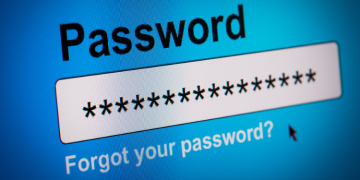






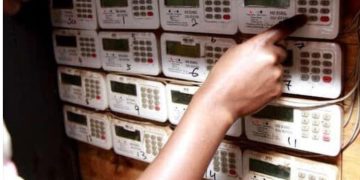









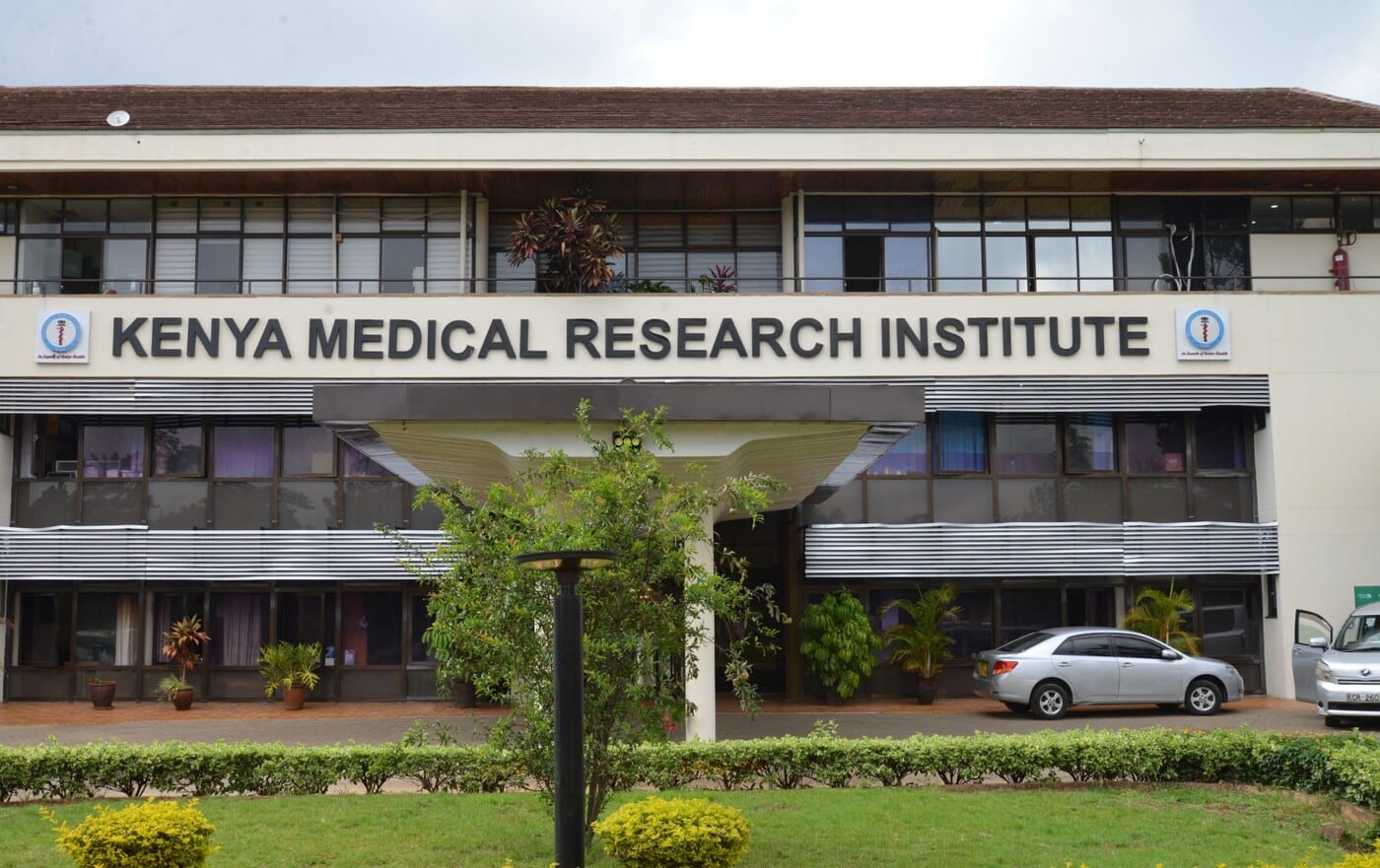










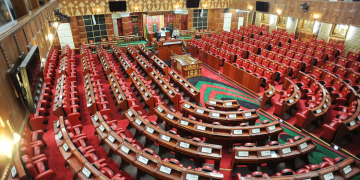

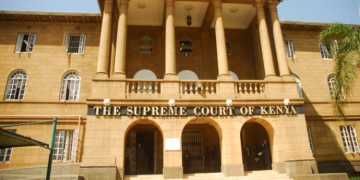































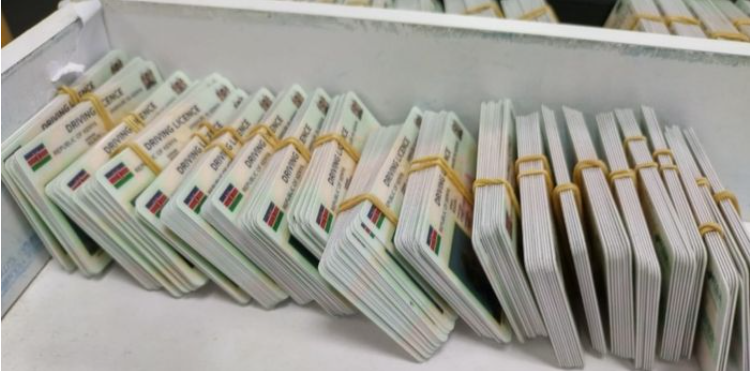




May be for information.can ntsa liaise with insurance companies to not empasize on the date when the licence was issued as this causes a lot of pressure and costs for those who do not have the date of the first licence.